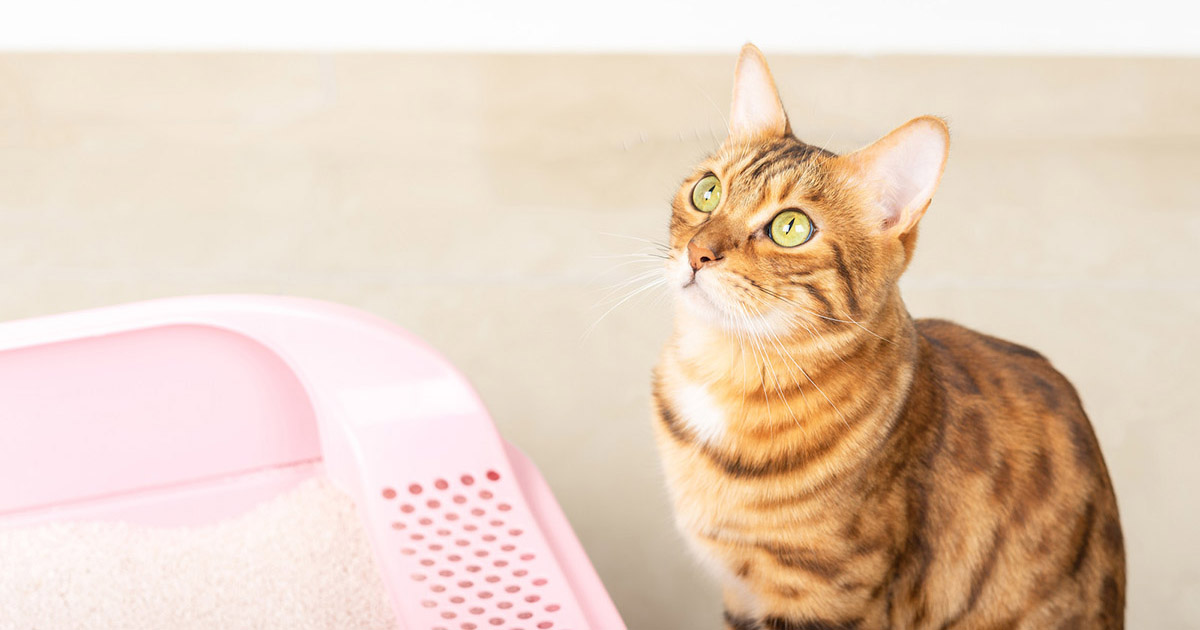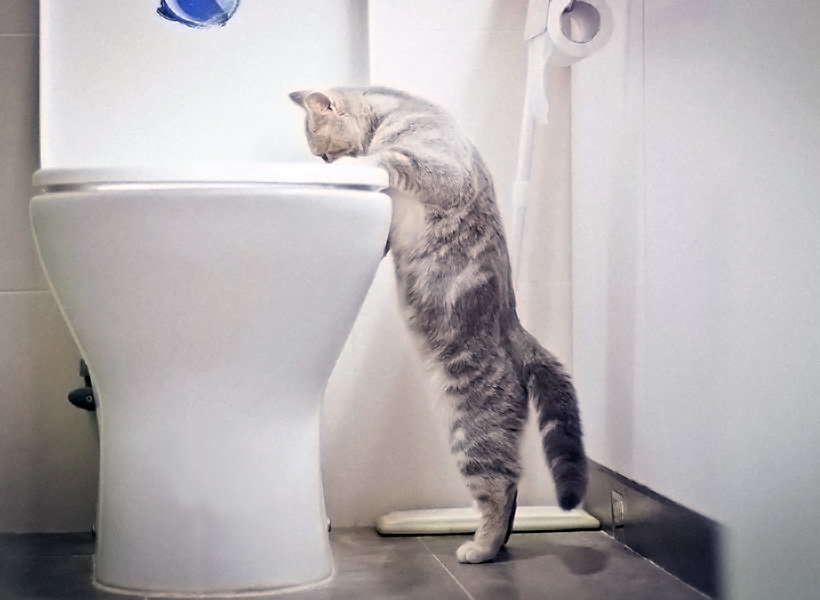Each person will have their unique idea in relation to 10 Things You Should Never Flush Down The Toilet.

When it involves throwing away waste, especially animal waste, lots of people often turn to the convenient option of flushing it down the bathroom. Nevertheless, this apparently simple remedy can have serious repercussions for the atmosphere and public health. In this article, we'll discover why flushing animal waste down the toilet is a bad concept and supply alternate techniques for proper disposal.
Intro
Proper waste disposal is critical for maintaining ecological sustainability and public health. While it may seem safe to purge animal waste down the bathroom, it can result in various issues, both for the setting and human wellness.
Threats of flushing animal waste
Ecological impact
Flushing pet waste presents damaging germs and virus into rivers, which can negatively impact water ecological communities. These pathogens can infect water resources and harm marine life, interfering with delicate communities.
Public health worries
Pet waste has damaging germs such as E. coli and Salmonella, which can position serious health threats to humans. Flushing animal waste down the toilet can pollute water supplies, resulting in the spread of diseases and infections.
Alternatives to flushing
Rather than flushing animal waste down the commode, there are numerous alternate disposal techniques that are more eco-friendly and sanitary.
Composting
Composting pet waste is an environmentally friendly means to throw away it. By composting, raw material is broken down into nutrient-rich dirt, which can be made use of to feed yards and plants.
Landfill disposal
Dealing with animal waste in a land fill is one more option. While not as environmentally friendly as composting, it is a safer option to flushing, as it prevents the contamination of water resources.
Pet waste disposal systems
There are customized pet dog waste disposal systems readily available that safely and hygienically dispose of animal waste. These systems commonly utilize enzymes to break down waste and remove odors.
Steps to proper animal waste disposal
To ensure correct disposal of animal waste, adhere to these actions:
Scooping and bagging waste
On a regular basis scoop and bag animal waste making use of naturally degradable bags. This avoids waste from polluting the environment.
Making use of marked waste containers
Dispose of bagged pet waste in designated waste containers, such as garden compost containers or garbage dump bins. Prevent flushing it down the bathroom in any way expenses.
Cleansing litter boxes and pet dog locations routinely
Regularly tidy can and pet dog areas to avoid the build-up of waste and bacteria. Usage pet-safe cleaning products to preserve hygiene.
Advantages of correct disposal approaches
Taking on appropriate disposal techniques for animal waste provides a number of benefits:
Lowered environmental pollution
Appropriate disposal methods decrease the danger of environmental pollution, shielding rivers and ecological communities from contamination
Minimized danger of water contamination.
By preventing flushing animal waste down the commode, the risk of water contamination is substantially reduced, protecting public health.
Enhanced hygiene and hygiene
Appropriate disposal approaches advertise better hygiene and hygiene, creating a safer setting for both people and pets.
Conclusion
Finally, purging pet waste down the toilet is unsafe to the atmosphere and public health. By adopting alternate disposal approaches and following appropriate waste monitoring methods, we can minimize the unfavorable effect of pet waste and contribute to a cleaner, healthier earth.
What To Do With Dog check here Poo – The Do's And Don'ts Of Disposing Of Faeces
Dog poo bins
Some councils provide dedicated dog waste bins in popular dog-walking areas that can take dog poo that has been bagged but you can legally dispose of dog waste in any public litter bin, as long as it is securely bagged. This also applies to your wheelie bin at home.
Do not flush
Water companies do not recommend flushing dog faeces down the toilet because certain parasites can survive the water processing treatment and are potentially harmful to humans. You should also never consider flushing dog poo that has been bagged down the toilet as the bags will not break down and instead create severe blockages in the sewage system.
In the woods
The Forestry Commission promotes a ‘stick and flick’ method for dealing with waste in the woods. This means finding a stick and using it to flick any poo from off the path so that it is out of the way of other walkers. You could also bury it as long as it is not in an area where there might be livestock.
Livestock
Parasites found in dog poo can be transmitted to livestock if they inadvertently eat infected faeces that has been left on grazing land. This could result in the death of sheep or abortion in cattle so you should always make sure you pick up your dog’s waste in fields where livestock could be present.

Regularly tidy can and pet dog areas to avoid the build-up of waste and bacteria. Usage pet-safe cleaning products to preserve hygiene.
Advantages of correct disposal approaches
Taking on appropriate disposal techniques for animal waste provides a number of benefits:
Lowered environmental pollution
Appropriate disposal methods decrease the danger of environmental pollution, shielding rivers and ecological communities from contamination
Minimized danger of water contamination.
By preventing flushing animal waste down the commode, the risk of water contamination is substantially reduced, protecting public health.
Enhanced hygiene and hygiene
Appropriate disposal approaches advertise better hygiene and hygiene, creating a safer setting for both people and pets.
Conclusion
Finally, purging pet waste down the toilet is unsafe to the atmosphere and public health. By adopting alternate disposal approaches and following appropriate waste monitoring methods, we can minimize the unfavorable effect of pet waste and contribute to a cleaner, healthier earth.
What To Do With Dog check here Poo – The Do's And Don'ts Of Disposing Of Faeces
Dog poo bins
Some councils provide dedicated dog waste bins in popular dog-walking areas that can take dog poo that has been bagged but you can legally dispose of dog waste in any public litter bin, as long as it is securely bagged. This also applies to your wheelie bin at home.
Do not flush
Water companies do not recommend flushing dog faeces down the toilet because certain parasites can survive the water processing treatment and are potentially harmful to humans. You should also never consider flushing dog poo that has been bagged down the toilet as the bags will not break down and instead create severe blockages in the sewage system.
In the woods
The Forestry Commission promotes a ‘stick and flick’ method for dealing with waste in the woods. This means finding a stick and using it to flick any poo from off the path so that it is out of the way of other walkers. You could also bury it as long as it is not in an area where there might be livestock.
Livestock
Parasites found in dog poo can be transmitted to livestock if they inadvertently eat infected faeces that has been left on grazing land. This could result in the death of sheep or abortion in cattle so you should always make sure you pick up your dog’s waste in fields where livestock could be present.

We are very enthusiastic about and I hope you liked the entire page. Liked our posting? Please share it. Help someone else find it. Thanks a bunch for your time. Please stop by our site back soon.
Call Today